Botox and Fillers for HIV/AIDS Patients: A Guide for Aesthetic Practitioners
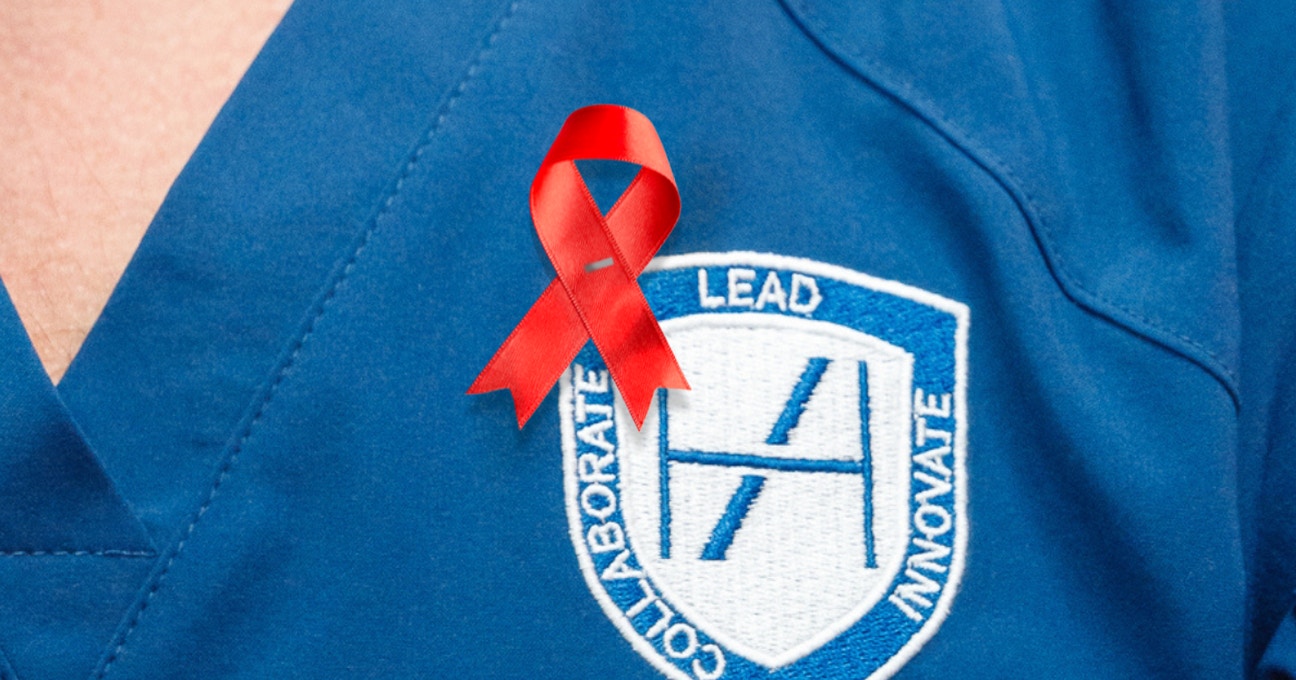
Does having HIV/AIDS preclude patients from undergoing botox and fillers? We explain the ins and outs of this niche topic in our guide for aesthetic practitioners.
Dr Shafiq Pradhan is a clinical trainer, aesthetic medicine specialist and Head of Education Technology & Compliance at Harley Academy. He's also an NHS GP. Here, he outlines the crucial information you need to know. From whether patients who have AIDS or are HIV+ can have cosmetic injectables, to drug interactions and more.
Approximately 0.22% of the UK’s adult population has HIV/AIDS so this information isn’t necessarily something you’ll come across often. It’s certainly worth being aware of though. As Dr Shafiq explains below, injectables can provide impactful, quality-of-life improvements for these patients.
Read on to enrich your knowledge on the subject and enhance your patient safety protocols…
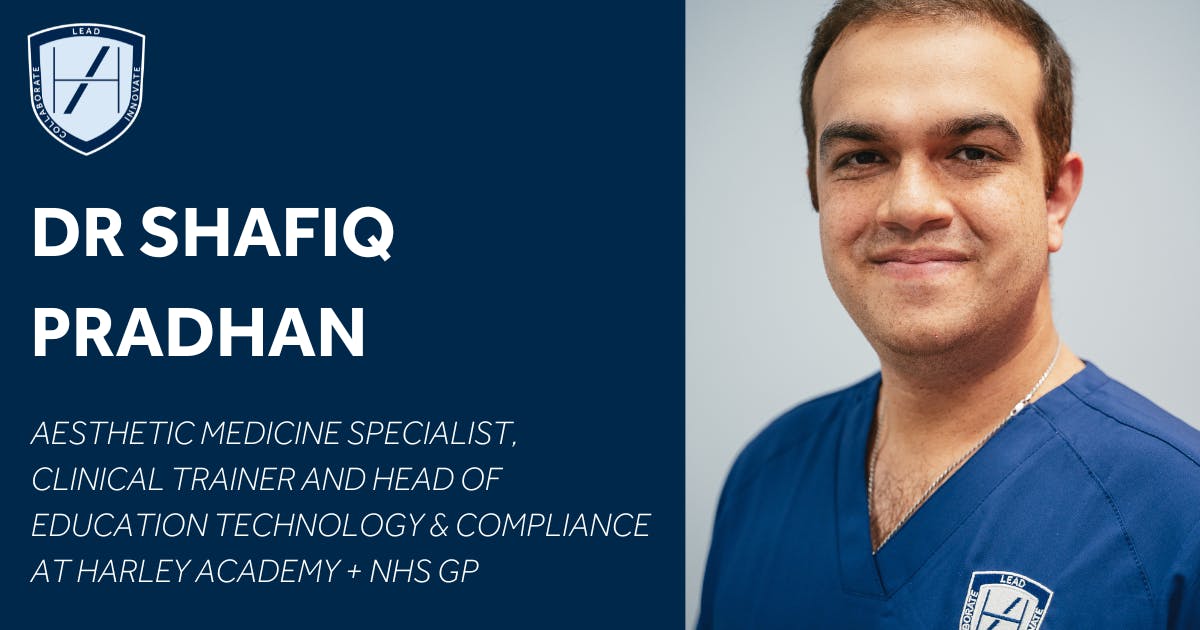
Can patients with HIV or AIDS have fillers and botox treatments?
Dr Shafiq confirms, “Yes, patients with HIV or AIDS can safely undergo filler and botox treatments.
“However, as with any patient, the decision must be individualised considering their overall health, specific medical history, and any potential risks or contraindications. Having HIV or AIDS alone is not a contraindication for these treatments.”
Does it matter if their condition is well-managed or not?
“Yes, management of their condition matters significantly,” stresses Dr Shafiq. He explains this in more detail, as follows.
Well-managed HIV (undetectable viral load)
“Patients with well-controlled HIV who are adherent to antiretroviral therapy (ART) generally have no increased risk of complications from injectables. Their immune systems are often robust enough to heal and recover similarly to patients without HIV.”
Poorly managed HIV or advanced AIDS
“Patients with poorly controlled HIV or AIDS, especially those with a low CD4 count (<200 cells/mm³), may be at higher risk for infections. They may also have a propensity towards delayed healing due to immunosuppression. This warrants extra caution, but it doesn’t necessarily preclude treatment. It would be advisable, however, for the patient to seek further treatment and support from their HIV teams prior to having any aesthetic treatment. This is to ensure they have a low chance of complication following their treatment.”
Are there any contraindications between HIV/AIDS medications and botox or fillers?
“There are no known direct contraindications between HIV antiretroviral medications and Botox nor most dermal fillers,” states Dr Shafiq.
He cautions that aesthetic practitioners should, however, consider these two points:
1. Drug interactions
“Antiretroviral drugs, particularly protease inhibitors, can alter the metabolism of certain medications due to their effect on liver enzymes. While this is less relevant for Botox, as it’s a localised treatment, it may theoretically affect dermal fillers that rely on enzymatic degradation. For example, hyaluronic acid-based fillers. No significant clinical concerns have been reported, but it’s wise to monitor these patients closely.”
2. Medications increasing bruising risk from injectables
“Some patients may be on anticoagulants or antiplatelet medications, such as aspirin, for co-existing conditions. These can increase bruising or bleeding risk after injections.”

Steps and precautions for treating HIV/AIDS patients with botox or fillers
If you’re wondering whether treating HIV/AIDS patients with injectables requires specific approaches or precautions, we’ve got you covered.
We asked Dr Shafiq and these were his five tips for ensuring safe, effective and comfortable aesthetic treatments for your patients who are HIV-positive or have AIDS.
1. Increased bruising or bleeding risk
“Patients with HIV or AIDS may bruise more easily due to:
- Medications - for example, anticoagulants
- Coagulopathies - rare but possible in advanced disease.
“To minimise bruising, advise your patients in advance that they should avoid alcohol, aspirin and NSAIDs for 24–48 hours pre-treatment, if clinically safe. As aesthetics practitioners, we should consider using a fine-gauge needle or cannula to minimise trauma. Apply firm pressure and ice immediately after injection in the event of any bleeding.”
2. Infection risk
“Immunosuppressed patients are at higher risk of infections, particularly if CD4 counts are low. Although rare, dermal fillers can cause bacterial infections or biofilm formation. As such, we should consider strict aseptic techniques during the procedure as well as the possible use of prophylactic antibiotics in high-risk cases. These include low CD4 counts or frequent opportunistic infections.
“Heavy safety netting should also be communicated to the patient to ensure patients report any signs of infection, such as redness, swelling and/or pain, promptly.”
Test your aseptic technique knowledge in our Infection Prevention Pop Quiz.
3. Healing and recovery
“Healing may be slower in patients with advanced HIV or AIDS. Plan your follow-ups to monitor outcomes and intervene early if needed.”
4. Pre-treatment consultation
“Ensuring you take a thorough medical history, including HIV status, viral load, CD4 count and medication history, is crucial. Liaise with the patient’s HIV specialist if you’re unsure about their suitability for treatment. Remember, aesthetic treatments should not take priority over the patient’s physical health.”
Learning how to provide a rigorous patient consultation is key to patient assessment and treatment outcomes - if you decide to treat.
Given they’re of paramount importance, consultation skills are taught on all of our medical aesthetics courses suitable for beginner-to-intermediate healthcare professionals.
Being a medical specialist already, you’ll bring existing skills in this area to your patients; we’ll help you expand and tailor these to your new patient cohort.
5. Post-treatment care
“You must provide clear aftercare instructions to minimise bruising, swelling or infection. Additionally, you’ll need to follow up more frequently with immunosuppressed patients to ensure proper healing.”
HIV/AIDS-associated facial presentations and aesthetic treatments
There are a number of changes in facial presentation associated with HIV/AIDS. We asked Dr Shafiq about these and whether cosmetic injectables could offer relief to patients for whom these were a concern.
“HIV and AIDS can present unique facial changes due to the disease itself or the effects of ART,” he noted. These are the specific examples he provided…
1. Facial lipoatrophy
“This is a common side effect of older antiretroviral medications (less common with modern ART). Dermal fillers - hyaluronic acid-based or biostimulatory fillers - are effective for restoring lost volume, enhancing facial contours and improving quality of life.”
2. Facial lipodystrophy (fat redistribution)
“Some patients experience abnormal fat deposits in areas like the cheeks, neck, or jawline. In such cases, contouring treatments, such as fillers or deoxycholic acid for fat reduction, may be considered, but careful planning is necessary to avoid exacerbating asymmetry.”
3. Skin changes
“HIV-associated conditions, including seborrheic dermatitis, Kaposi’s sarcoma, or pigmentation changes, should be identified and treated or referred appropriately before aesthetic procedures.”

Reducing stigma and ensuring patient comfort
Even now, in a time where we are far more educated about HIV/AIDS, there can still be a stigma surrounding this disease. This is something aesthetic practitioners can help to dispel and actively counter by providing a warm, non-judgmental service.
We asked Dr Shafiq for his thoughts on this.
He told us, “Patients with HIV or AIDS often face stigma, even in healthcare settings. It’s crucial for us as aesthetic practitioners to foster an inclusive and welcoming environment.
“Approach HIV or AIDS as you would any other medical condition, focusing on the patient’s goals and safety without unnecessary emphasis on their diagnosis.
“Normalise conversations by educating and reassuring your patients that HIV does not preclude them from receiving high-quality aesthetic care. Avoid stereotyping, as every patient is unique, and always tailor treatments to their individual needs.
“Maintaining confidentiality is essential; ensure your discussions regarding their condition are handled discreetly and respectfully. By combining sound medical judgement with empathy and inclusivity, aesthetic practitioners can enhance not only their patients’ appearances but also their confidence and overall well-being.
Essentially…
Dr Shafiq concluded, “In short, what aesthetic practitioners need to know about treating HIV/AIDS patients with botox or fillers, is:
- Patients with HIV or AIDS can safely undergo aesthetic treatments with botox and fillers, provided their care is carefully tailored to their medical history and current health status
- By combining sound medical judgement with empathy and inclusivity, practitioners can enhance not only their patients’ appearances but also their confidence and quality of life.”
Improving patients’ quality of life through your aesthetics work
Treating underserved cohorts or patients other injectors may consider ‘problematic’ to treat can be incredibly rewarding. Your actions can directly contribute to them having a better self-perception, enhancing their quality of life.
In addition to the satisfaction of being able to fuse your medical skills with creativity and problem-solving attributes, who doesn’t want to feel that kind of joy at work?
All Harley Academy clinical trainers are medical professionals and we only teach medical professionals, too. If you want to broaden your medical career to include a new specialty and are considering aesthetics, let us help.
If you’re looking to find out more about aesthetic medicine and what being a cosmetic doctor, dentist, nurse or clinical pharmacist is all about, join our free event, How to Get Started in Aesthetics. You can attend online and, for just an hour of your time, our experts will answer all your questions!
To find your perfect aesthetics training course match, take our quiz!
Alternatively, if you just want to talk to someone, that’s no problem. You can receive personalised information during a call with our Course Advisors.
All information correct at time of publication
Download our full prospectus
Browse all our injectables, dermal fillers and cosmetic dermatology courses in one document
By submitting this form, you agree to receive marketing about our products, events, promotions and exclusive content. Consent is not a condition of purchase, and no purchase is necessary. Message frequency varies. View our Privacy Policy and Terms & Conditions
Attend our FREE open evening
If you're not sure which course is right for you, let us help
Join us online or in-person at our free open evening to learn more
Our Partners
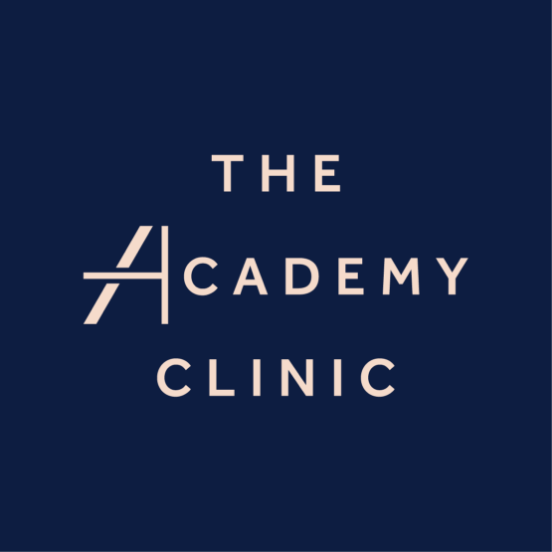

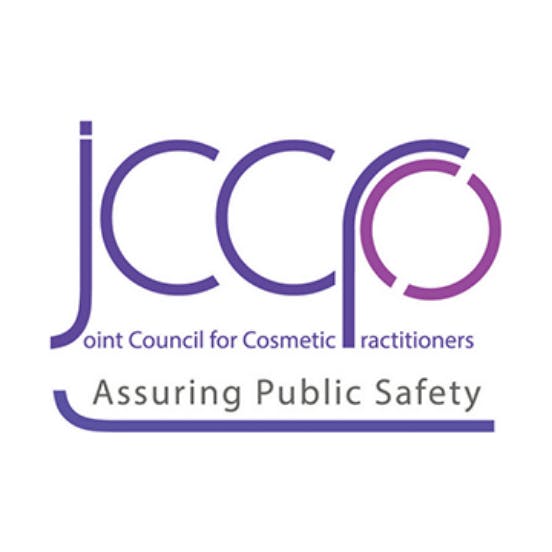

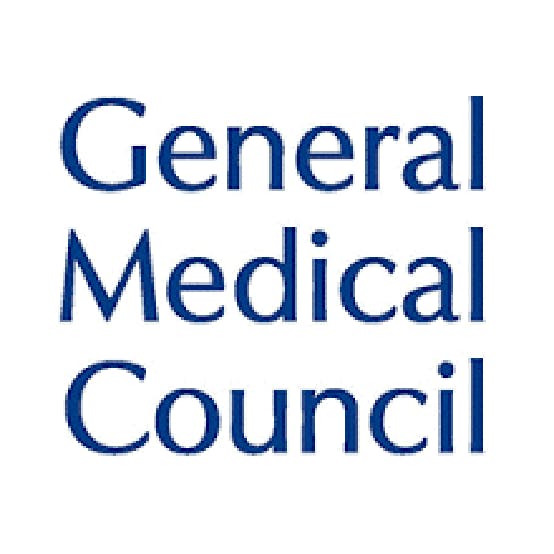

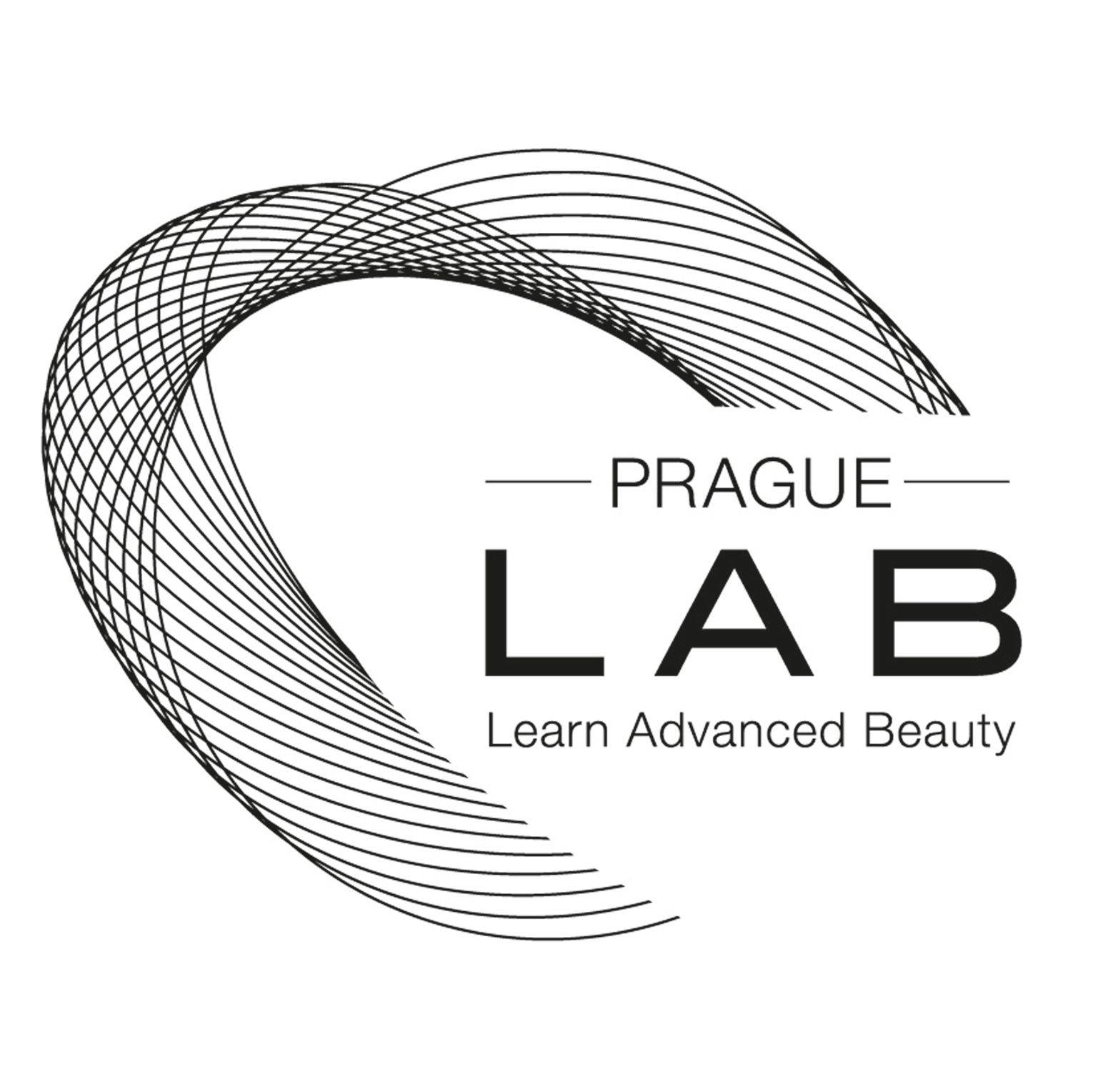
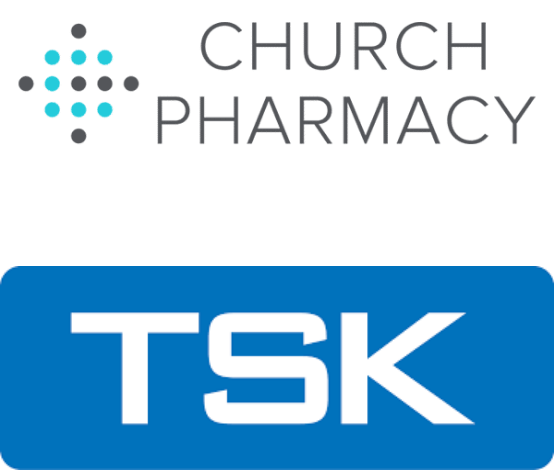
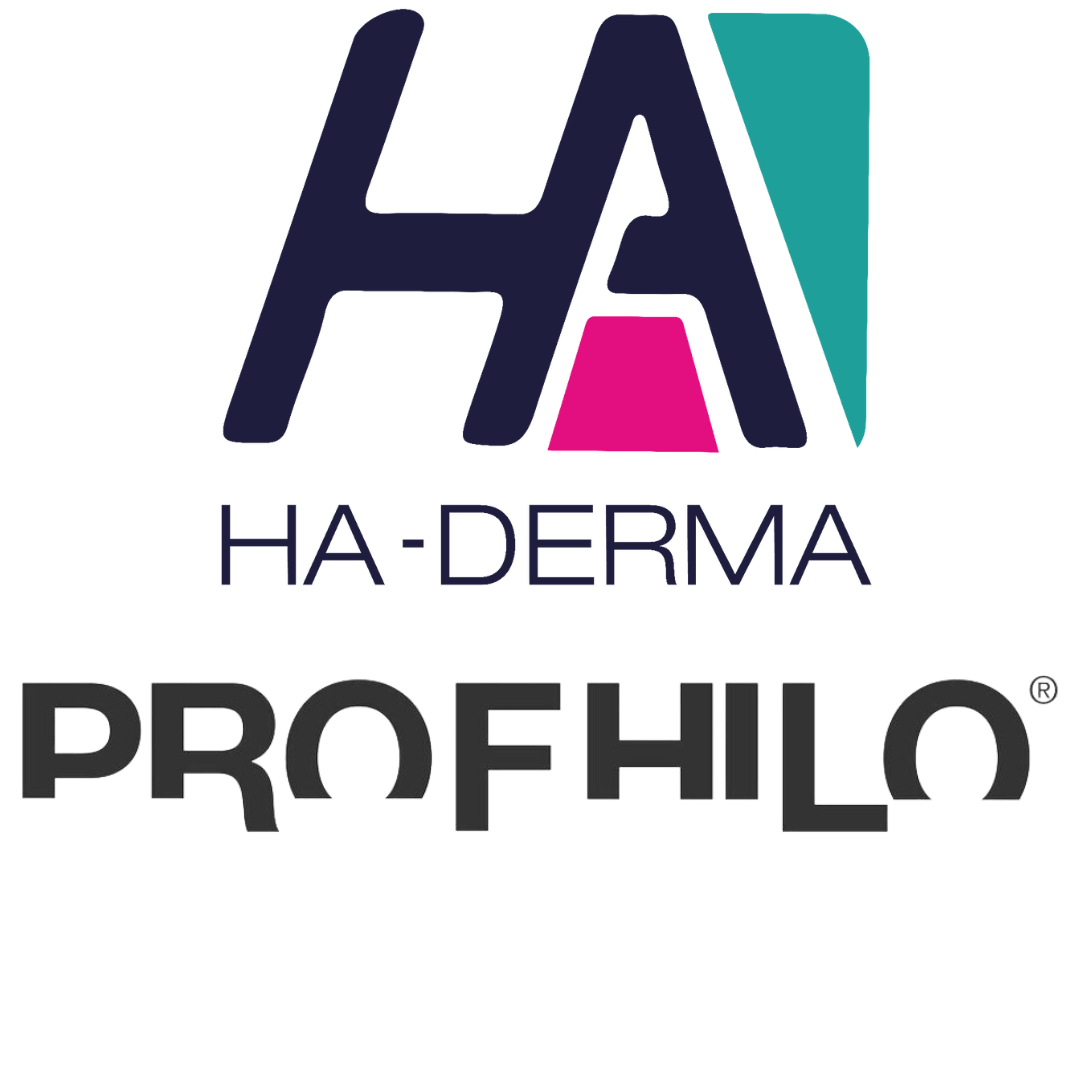
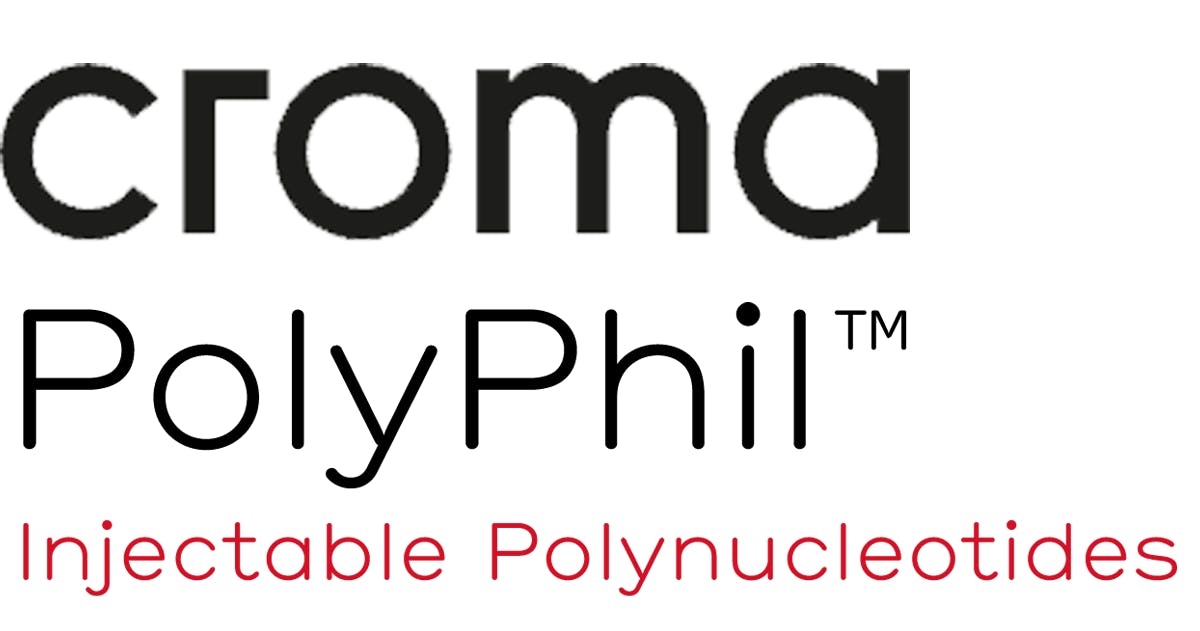


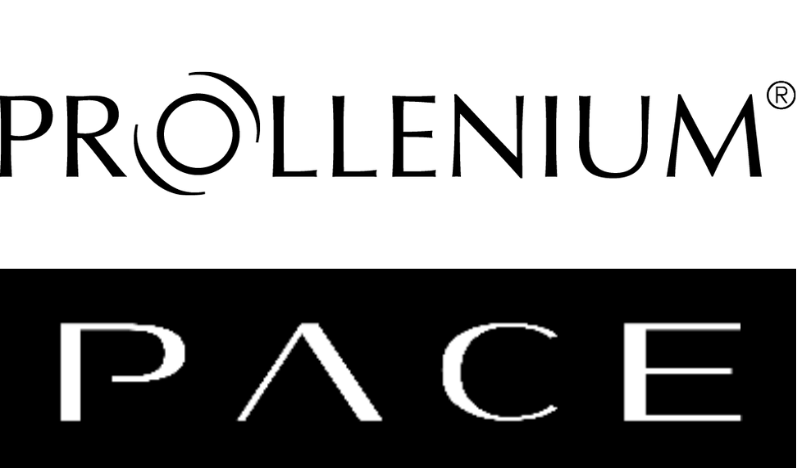
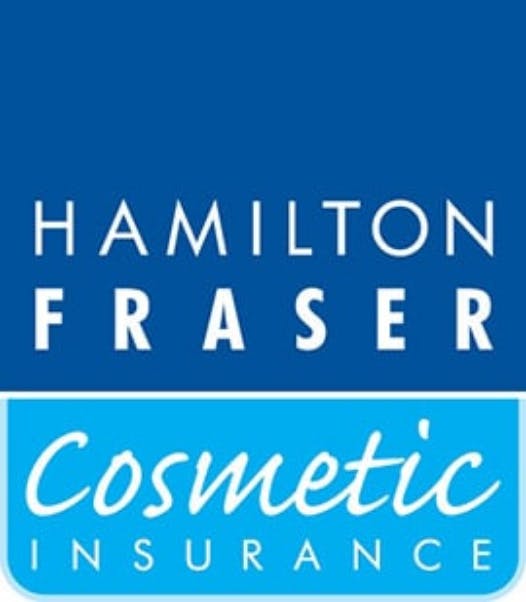
STAY INFORMED
Sign up to receive industry news, careers advice, special offers and information on Harley Academy courses and services

